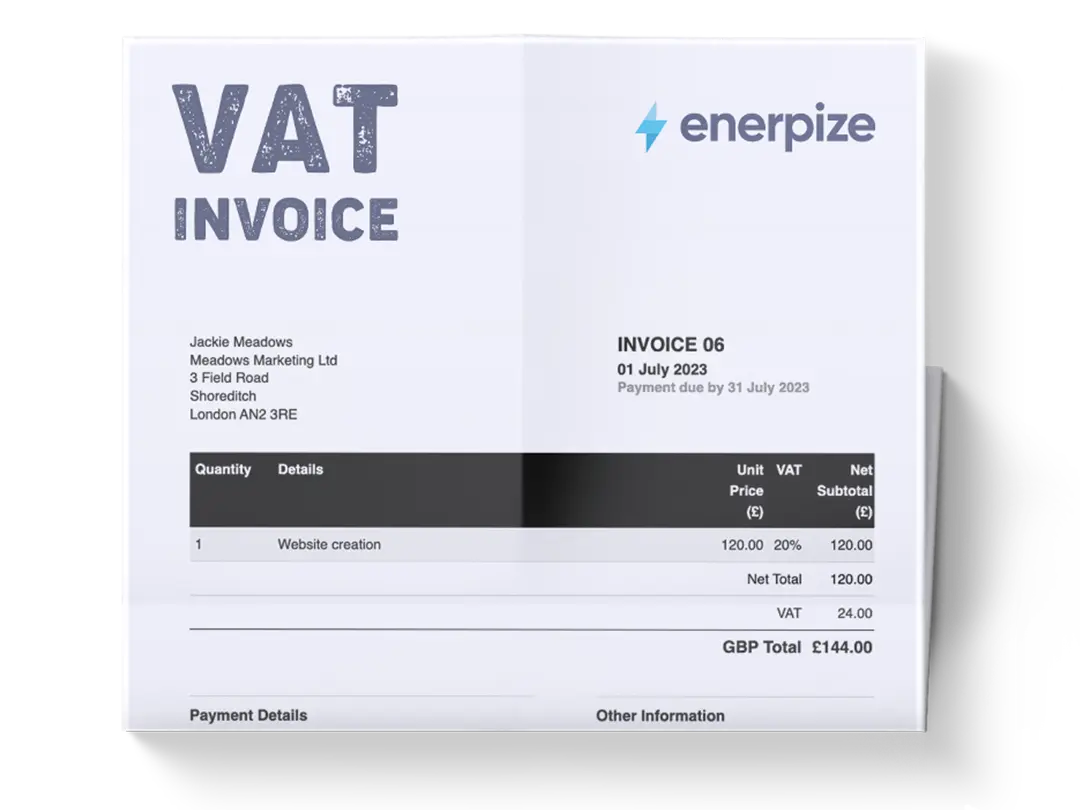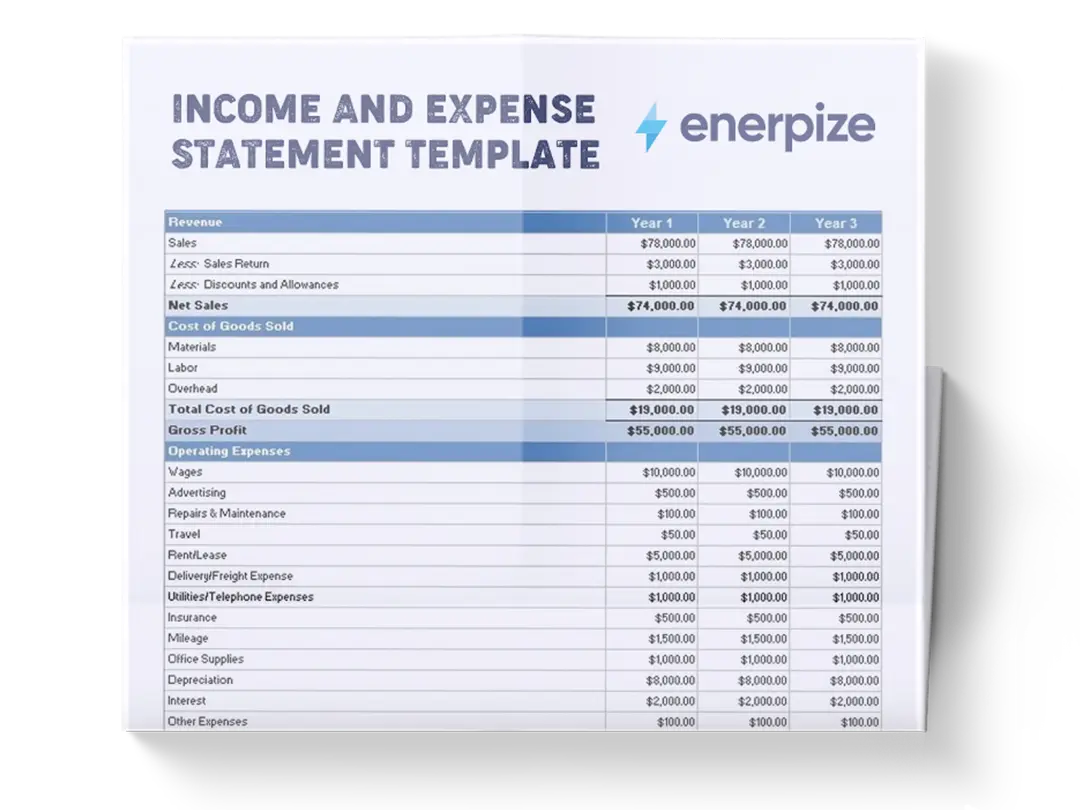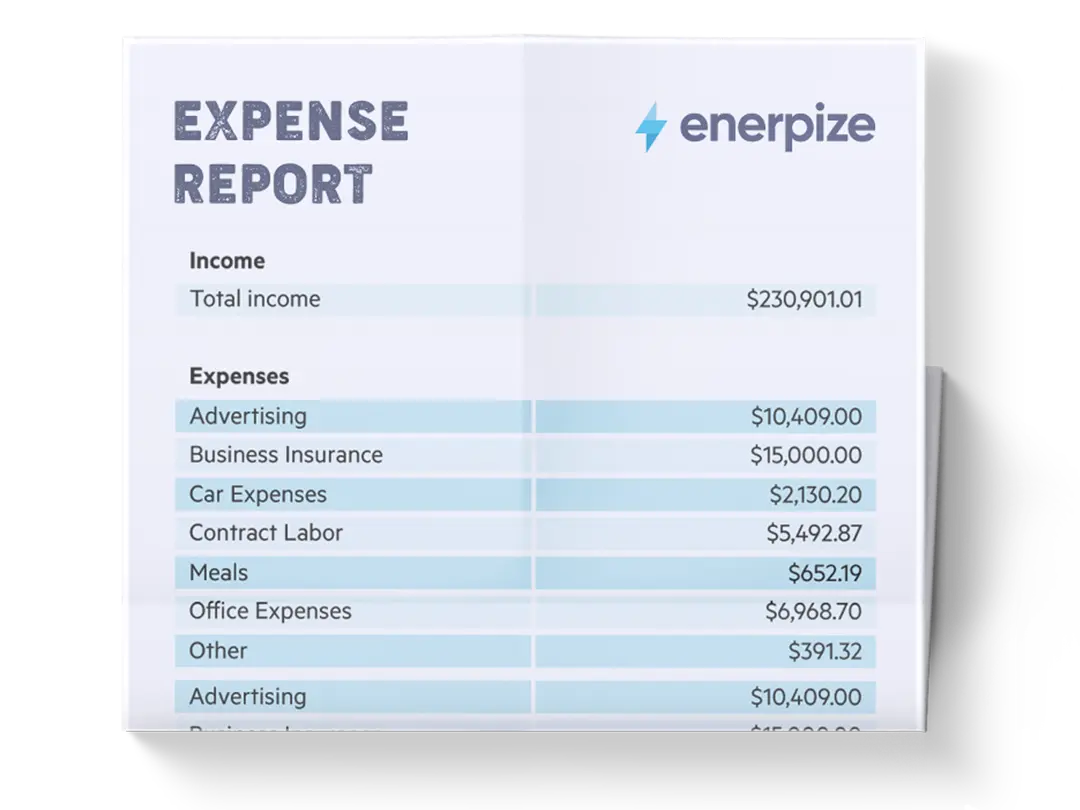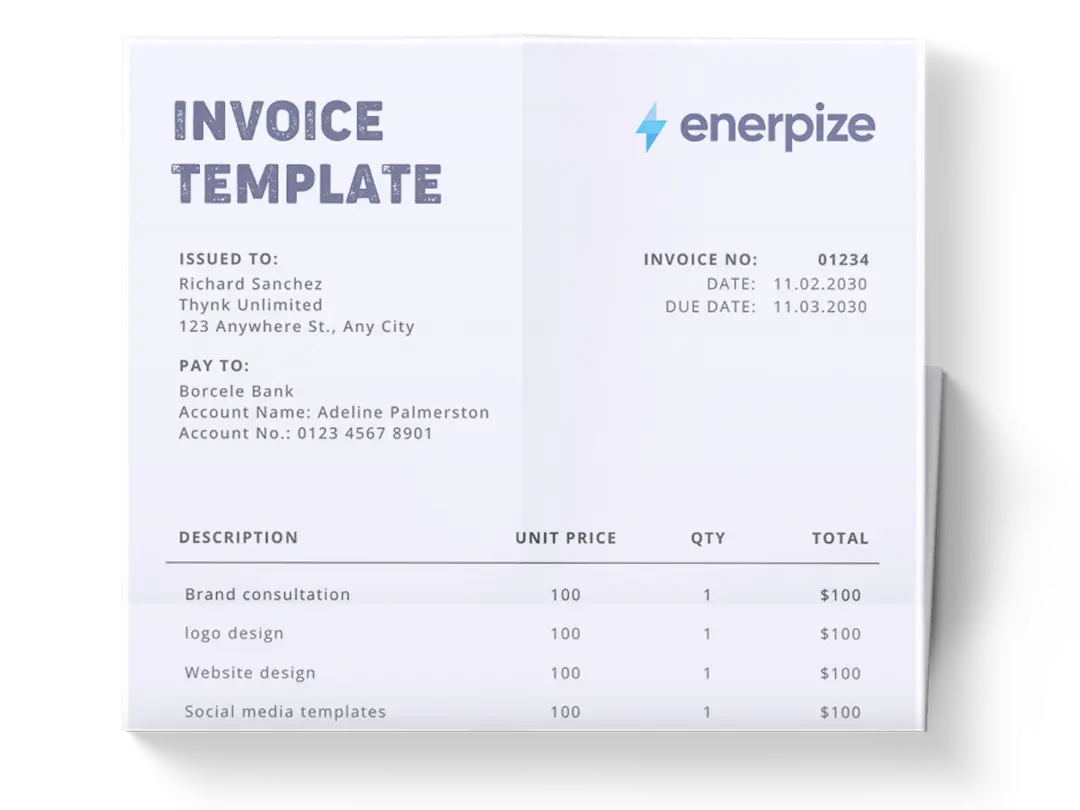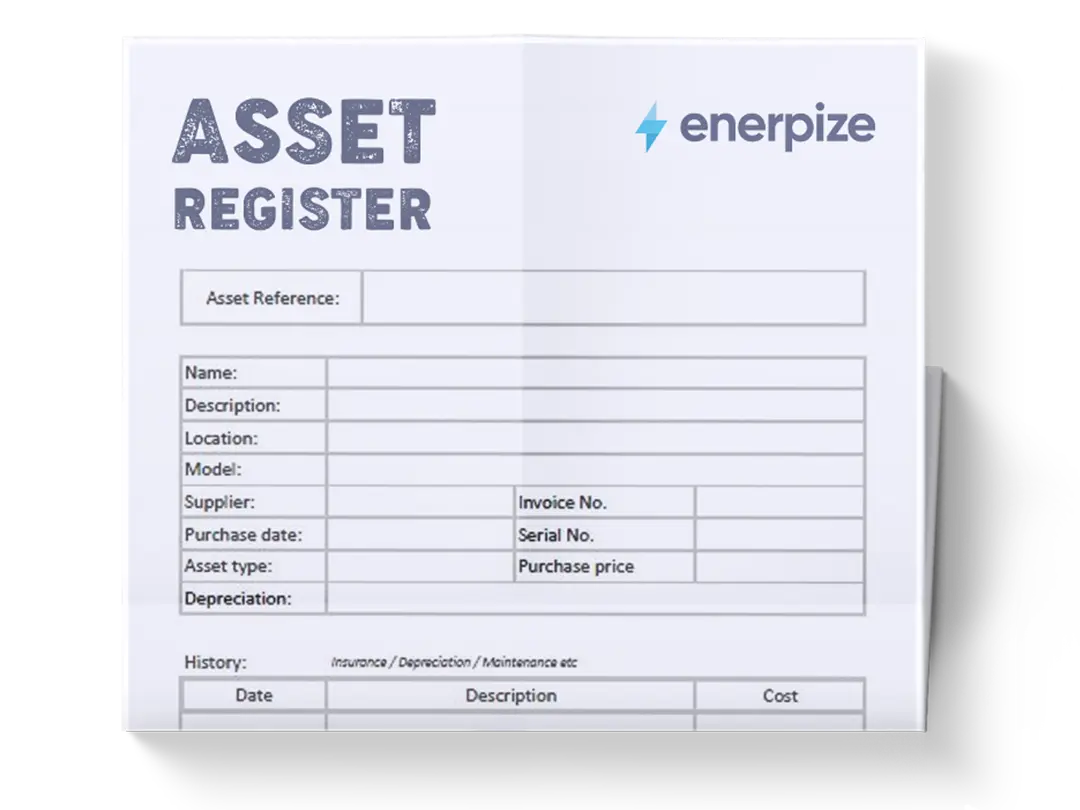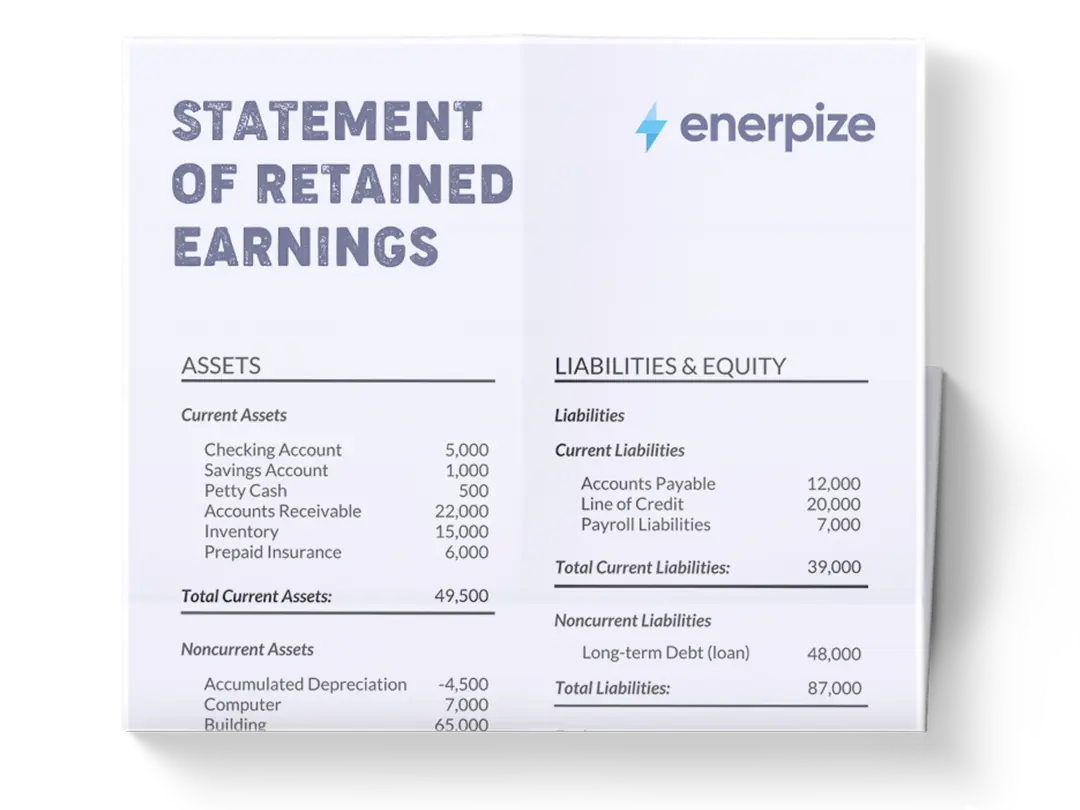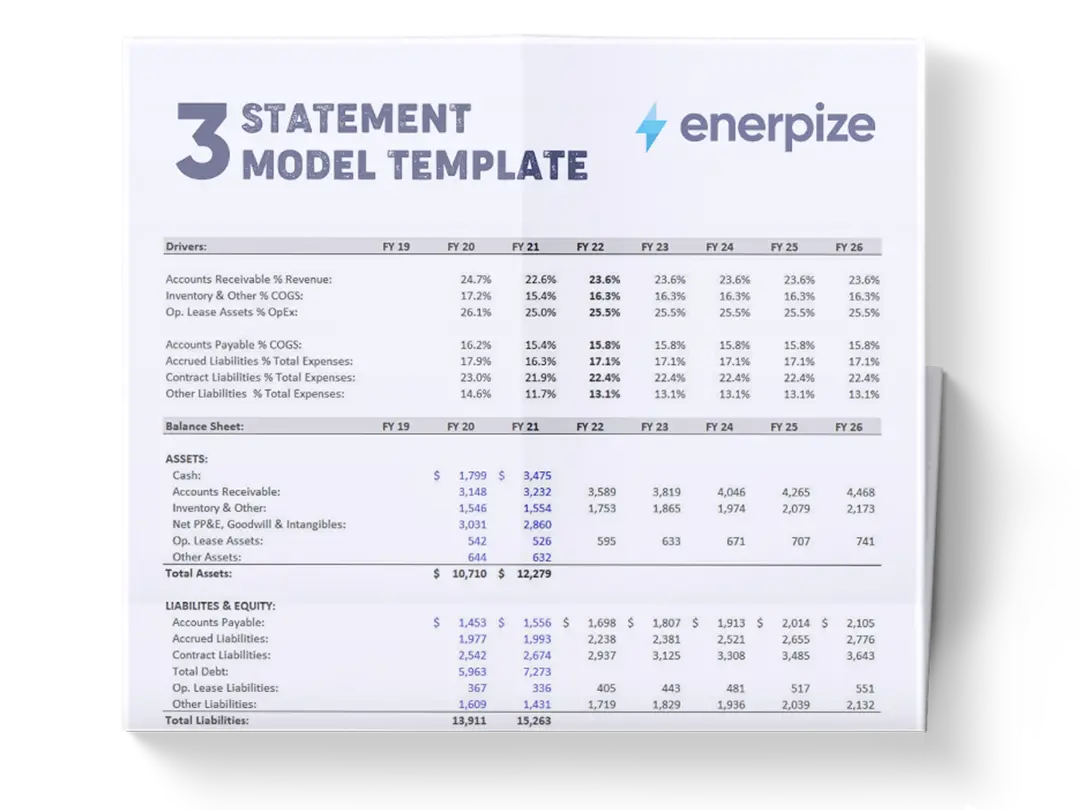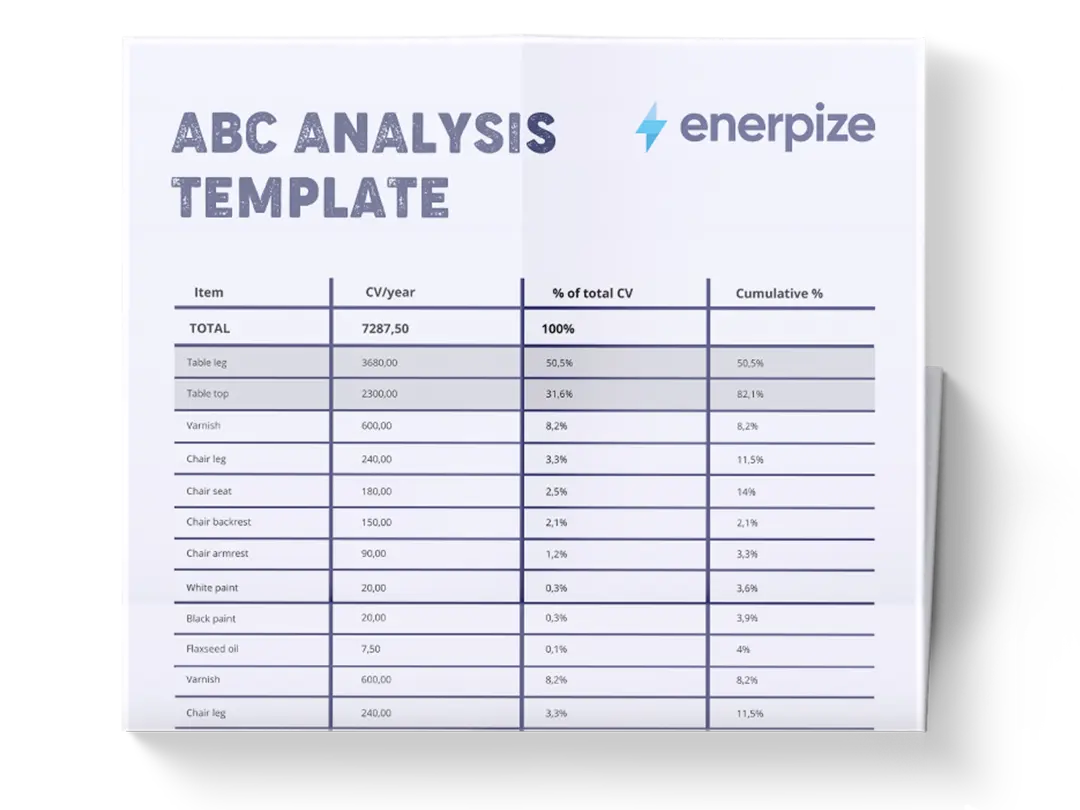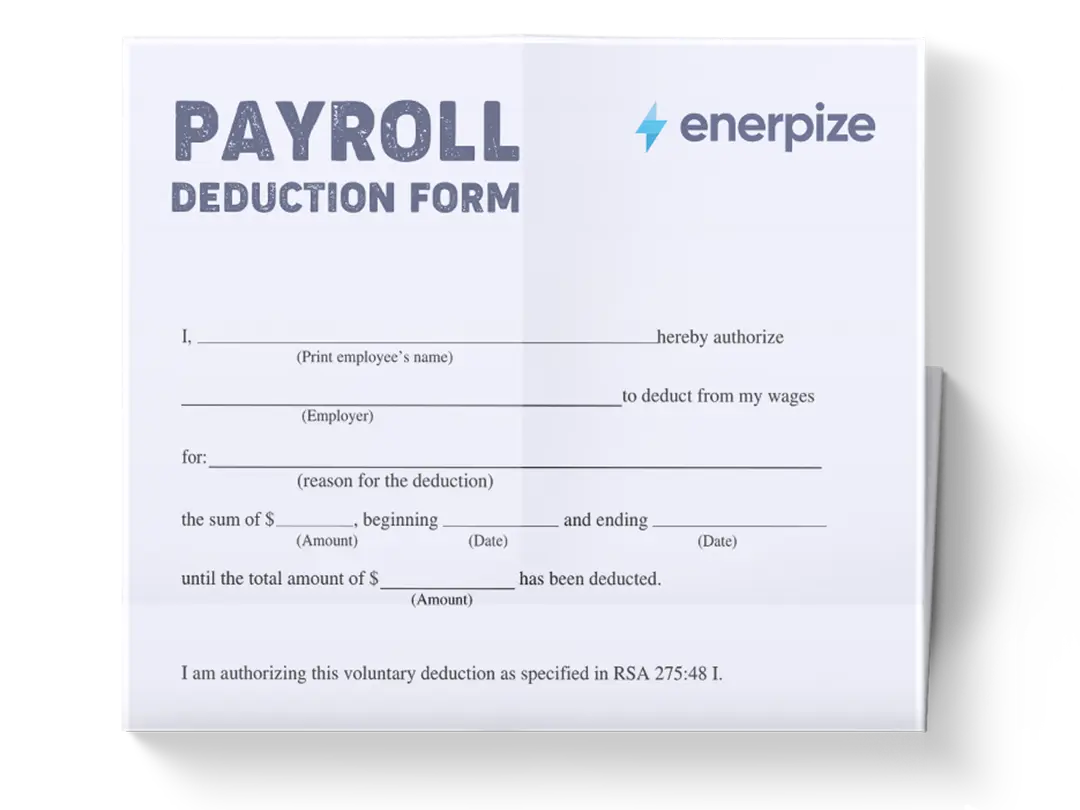Posted on 2 July 2025
FIFO Template Excel & Google Sheets
- The FIFO template is available in Excel and Google Sheets.
- Accurately calculates FIFO-based inventory profits and costs for each transaction.
- Automatically tracks item quantities, prices, and cumulative profit/loss.
- Provides a clear, audit-ready record of inventory movements and valuation.
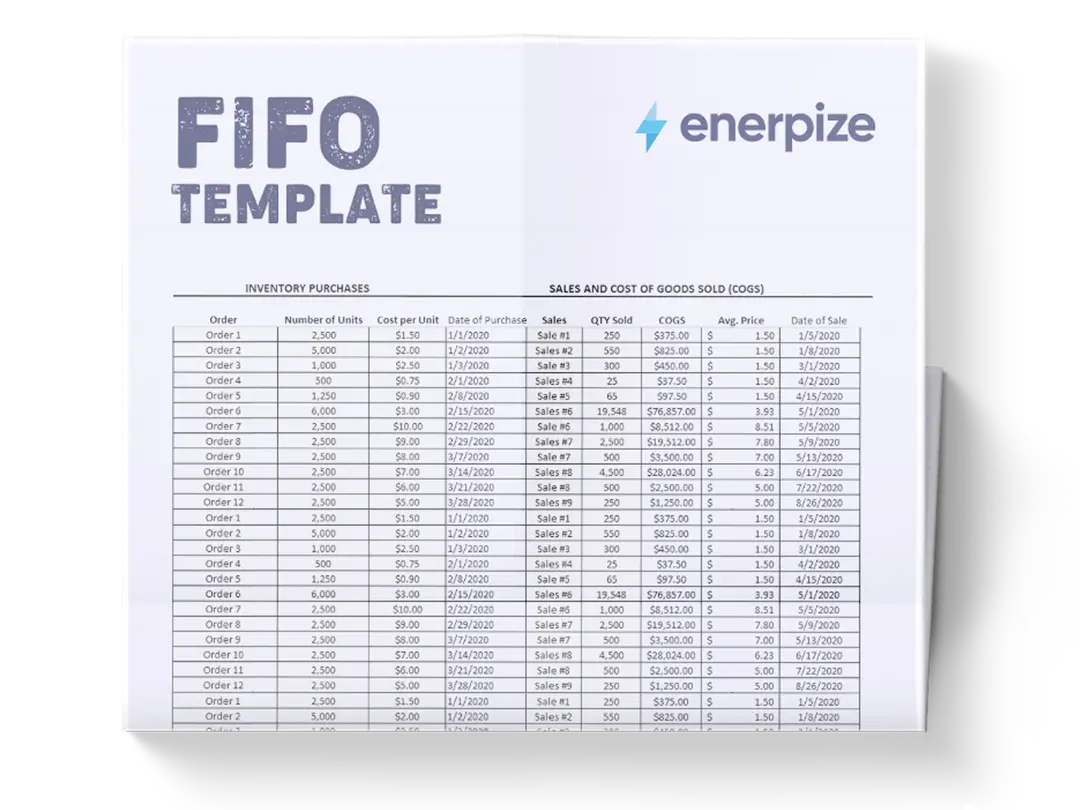
What is The FIFO Template?
The FIFO calculator Excel template is used to calculate and track inventory valuation using the (First in - First out) method, an accounting approach that assumes the oldest inventory items are sold or used first. This method aligns with the natural flow of stock in most businesses, particularly those dealing with perishable or time-sensitive goods.
The FIFO Excel template enables organizations to determine both the Cost of Goods Sold (COGS) and the value of remaining inventory by systematically applying chronological purchase data. It ensures financial accuracy by expensing older inventory costs first while retaining newer, more current costs on the balance sheet.
Widely accepted under IFRS and GAAP standards, the FIFO template supports transparent financial reporting, efficient stock management, and informed decision-making across many industries.
What Does a FIFO Excel Template Contain?
The Date:
Captures when a specific inventory entry (buy or sell) occurred.
Product Name:
Identifies the product or batch. It may be a SKU, reference code, or unique transaction label.
Buy:
Indicates the number of units purchased on that date. These quantities are added to the inventory pool and queued for FIFO-based cost calculations during sales.
Price:
The per-unit cost of inventory purchased. This price is assigned to incoming stock and determines the cost basis when items from this batch are later sold.
Sell:
Represents the quantity of items sold on that date. The FIFO template Excel calculates the cost of these items based on the oldest available purchase batches (FIFO logic).
Close:
Indicates cumulative inventory on hand after each transaction. It factors in both new purchases and sales to show remaining stock per row.
Sale:
The total revenue from that transaction (Sell Quantity × Selling Price). This is entered manually or derived if the selling price is fixed.
Addition:
Represents the value of added inventory (Buy Quantity × Buy Price). It contributes to total inventory value calculations.
FIFO PL (Profit/Loss):
The calculated profit or loss for each transaction based on FIFO cost of goods sold (COGS). The template automatically pulls cost from the oldest available inventory and subtracts it from the sale amount.
Find Out: Online FIFO Calculator
How to Use the FIFO Template
1- Prepare Your Inventory and Transaction Records
Start by gathering detailed records of all inventory purchases and sales. Make sure each transaction includes:
- Transaction date
- Item identifier or SKU
- Quantity purchased or sold
- Unit purchase price
- Selling price or total sale revenue
Organize these chronologically before inputting them into the FIFO sheet.
2- Input Initial Transactions
Begin entering transactions in the corresponding fields:
- Enter the Date and Name (or identifier).
- Fill in Buy and Price if it’s a purchase transaction.
- Fill in Sell and Sale if it’s a sales transaction.
- For each transaction, input only what applies—buy or sell. Do not enter values in both columns for the same row unless the transaction includes simultaneous buy and sell (e.g., partial returns).
3- Let the Template Do the Math
Once entered, the embedded formulas will:
- Update the Close field to reflect current stock.
- Calculate Addition (inventory value added from purchases).
- Allocate sold units using FIFO logic.
- Calculate the FIFO-based Profit/Loss by subtracting the FIFO cost from the sale revenue.
4- Monitor Inventory Closely
Keep an eye on the Close column to ensure you never sell more than you have. Negative inventory suggests a data entry error or overestimation of sales.
Regularly reviewing the closing balance helps you:
- Identify low-stock items
- Prevent overselling
- Plan reorders accurately
5- Use FIFO PL to Analyze Profitability
The FIFO PL column gives you real-time visibility into profits generated per sale based on actual inventory cost. Use this to:
- Compare profit margins across product lines
- Understand seasonality or pricing strategy effectiveness
- Identify low-performing or high-return inventory items
6- Update the FIFO Excel Template Regularly
Make it a daily or weekly habit to update the sheet. The more real-time your data, the more reliable your inventory valuation and profit tracking.
7- Export or Integrate as Needed
Use the data from your FIFO Excel Template to:
- Populate monthly financial reports
- Reconcile with accounting software
- Provide clear documentation during audits
Related Template: LIFO Excel Template
Importance of FIFO Template
Reduces Inventory Obsolescence and Waste
By prioritizing the sale or use of older inventory, the FIFO method minimizes the risk of spoilage, expiration, or obsolescence, especially critical for industries like food, pharmaceuticals, and fashion. Using a FIFO inventory template ensures consistent application of this principle, reducing losses from outdated or unusable stock.
Delivers Accurate Financial Reporting
The FIFO template records COGS based on older, often lower costs, while ending inventory reflects more recent purchase prices. This results in a more up-to-date valuation of assets on the balance sheet, offering stakeholders a realistic view of financial health, especially during periods of inflation.
Increases Reported Profits During Inflationary Periods
When prices rise, FIFO assigns lower historical costs to COGS, resulting in higher gross profits. The FIFO template formalizes this calculation, allowing businesses to present stronger profitability metrics, which can be advantageous for internal planning or investor relations.
Complies with Global Accounting Standards
Accepted under both IFRS and GAAP, the FIFO method facilitates international financial consistency. Businesses leveraging the FIFO Excel template ensure their financial statements meet regulatory requirements, easing cross-border operations and audits.
Aligns with Natural Inventory Flow
Most businesses inherently move older stock first to maintain quality and efficiency. The FIFO template mirrors this real-world process, making it intuitive and straightforward to implement without complex tracking systems.
Enhances Cash Flow Management
By preventing overstocking and ensuring timely inventory turnover, the FIFO template Excel helps free up capital otherwise tied up in obsolete or stagnant stock. This promotes healthier cash flow cycles and better working capital management.
Supports Strategic Pricing and Margin Forecasting
Since FIFO uses historical costs for COGS calculations, it provides a stable basis for projecting future margins, especially when inventory costs fluctuate. This allows for more predictable budgeting and pricing strategies.
Who Can Use the FIFO Template?
Retailers Selling Seasonal or Perishable Goods
Retailers managing products with limited shelf life—such as clothing, cosmetics, or consumer electronics—benefit from FIFO’s ability to rotate stock efficiently. The free download FIFO template ensures accurate profit tracking and reduces markdowns due to expired or outdated merchandise.
Food and Beverage Businesses
Restaurants, grocery stores, and food manufacturers must manage strict expiration dates. The FIFO template enforces proper stock rotation, minimizing waste and ensuring compliance with food safety regulations while supporting precise cost accounting.
Pharmaceutical Companies
For companies handling medicines and medical supplies, FIFO is essential to avoid expired inventory and maintain regulatory compliance. The FIFO template simplifies inventory tracking and ensures accurate valuation of high-value, time-sensitive products.
E-commerce and General Merchandise Sellers
Online retailers carrying diverse product lines can streamline inventory accounting using the FIFO template. It supports scalable operations by maintaining consistent valuation methods across SKUs and providing clarity in financial reporting.
Manufacturers and Distributors
Manufacturers who source raw materials or components at fluctuating costs can use FIFO to stabilize cost-of-goods calculations. The template enables them to assess production profitability accurately and make strategic sourcing decisions.
Businesses Expanding Internationally
Companies entering global markets benefit from the FIFO template’s alignment with IFRS standards. It ensures seamless financial integration and comparability across regions without requiring changes to existing inventory practices.







